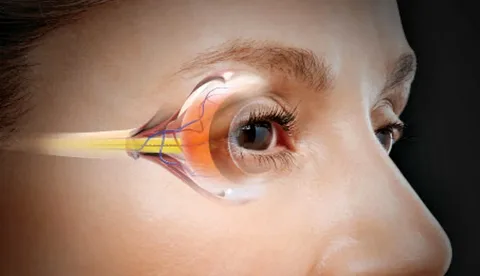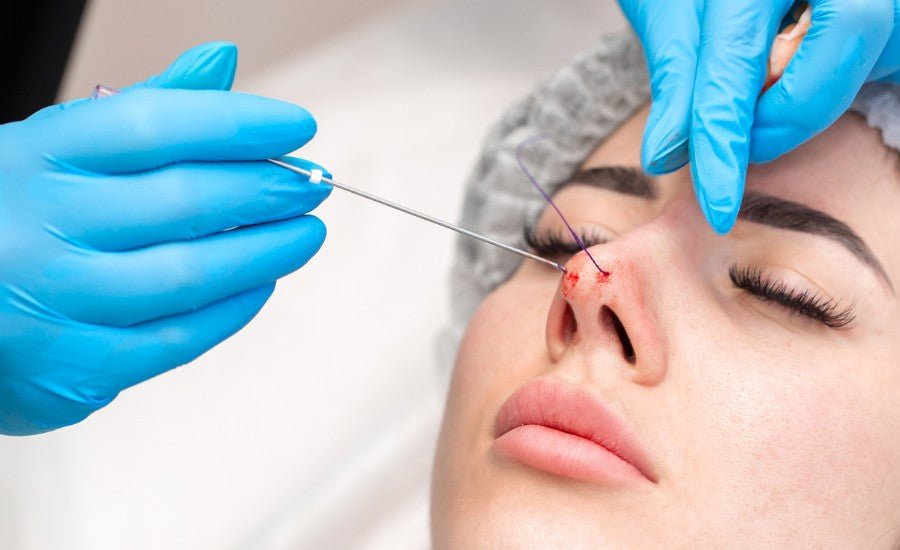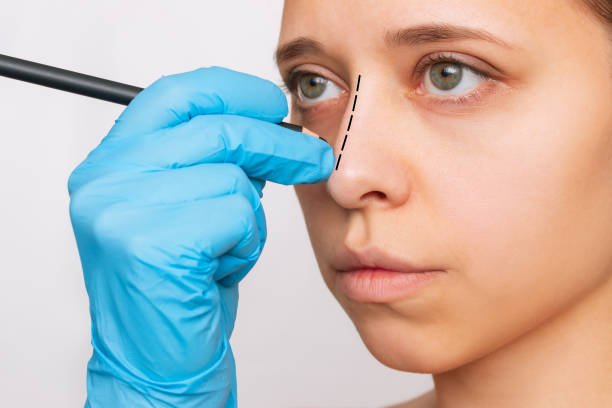Introduction
Glaucoma is a serious and progressive eye disease that can lead to irreversible vision loss if left untreated. It occurs when increased intraocular pressure damages the optic nerve, which is responsible for transmitting visual information from the eye to the brain. Often called the “silent thief of sight,” glaucoma can develop without noticeable symptoms, making regular Glaucoma Testing and Treatment in Katy, Texas essential for early detection and management. At Vision Gallery, we use advanced diagnostic tools and personalized treatment plans to help preserve your vision.
What is Glaucoma?
Glaucoma is a group of eye conditions that cause damage to the optic nerve, usually due to high intraocular pressure (IOP). This damage gradually reduces peripheral vision and, if untreated, can lead to total blindness. The most common types of glaucoma include:
1. Open-Angle Glaucoma
- The most common form, where the eye’s drainage system becomes inefficient, causing fluid buildup and increased eye pressure.
- Develops slowly over time with no initial symptoms, making routine Glaucoma Testing and Treatment in Katy essential.
2. Angle-Closure Glaucoma
- Occurs when the drainage angle in the eye suddenly becomes blocked, leading to a rapid increase in intraocular pressure.
- Symptoms include severe eye pain, headache, blurred vision, and nausea, requiring immediate medical attention.
3. Normal-Tension Glaucoma
- Optic nerve damage occurs even when eye pressure remains within the normal range.
- Believed to be caused by poor blood flow to the optic nerve, making early diagnosis critical.
4. Congenital Glaucoma
- A rare condition present at birth due to abnormal eye development.
- Requires early surgical intervention to prevent lifelong vision impairment.
Causes of Glaucoma
The exact cause of glaucoma isn’t always clear, but the primary factor is increased intraocular pressure, which results from improper drainage of aqueous humor (fluid inside the eye). Other causes include:
- Genetic Factors: Family history significantly increases the risk.
- Eye Trauma or Injuries: Past injuries can cause secondary glaucoma.
- Medical Conditions: Diabetes, hypertension, and cardiovascular diseases contribute to optic nerve damage.
- Prolonged Use of Steroid Medications: Long-term steroid use, including eye drops, increases eye pressure.
- Thin Corneas: Individuals with thinner-than-average corneas are at a higher risk.
Symptoms of Glaucoma
Glaucoma symptoms vary based on the type and severity of the disease. In the early stages, most people experience no symptoms, making regular Glaucoma Testing and Treatment in Katy, Texas essential. Here’s what to look for:
Early Signs of Glaucoma:
- Gradual loss of peripheral (side) vision
- Increased difficulty seeing in low light
- Frequent changes in vision prescription
- Seeing halos around lights
Advanced Symptoms:
- Blurred vision
- Severe eye pain and headaches
- Sudden vision loss (in acute cases)
- Nausea and vomiting (common in angle-closure glaucoma)
If you experience any of these symptoms, schedule an immediate eye exam at Vision Gallery to assess your eye health.
Risk Factors for Glaucoma
Understanding your risk factors is essential in preventing and managing glaucoma. The most significant risk factors include:
- Age: People over 60 have a higher risk.
- Ethnicity: African Americans, Hispanics, and Asians are more prone to glaucoma.
- Family History: A strong genetic component increases susceptibility.
- Elevated Eye Pressure: One of the biggest risk factors for optic nerve damage.
- Chronic Diseases: Diabetes, high blood pressure, and heart disease contribute to glaucoma development.
- Long-Term Corticosteroid Use: Increases intraocular pressure over time.
- Nearsightedness (Myopia): Can lead to increased eye pressure and optic nerve strain.
How to Prevent Glaucoma
While glaucoma cannot be completely prevented, early diagnosis and lifestyle changes can slow its progression. Here are key steps to protect your vision:
1. Get Regular Eye Exams
Routine Glaucoma Testing and Treatment in Katy helps detect early-stage glaucoma before significant vision loss occurs.
2. Maintain a Healthy Diet
- Eat leafy greens, fish rich in omega-3s, and vitamin A-rich foods.
- Avoid excessive caffeine and alcohol intake, which may raise eye pressure.
3. Exercise Regularly
Moderate exercise, such as walking and yoga, improves blood circulation and lowers intraocular pressure.
4. Protect Your Eyes
- Wear sunglasses with UV protection to shield your eyes from harmful rays.
- Use protective eyewear when engaging in sports or high-risk activities.
5. Manage Chronic Conditions
- Control blood sugar levels if you have diabetes.
- Keep blood pressure and cholesterol levels in check to prevent optic nerve damage.
6. Follow Your Treatment Plan
If you have been diagnosed with glaucoma, adhering to prescribed treatments, including eye drops or medications, is crucial for slowing its progression.
Glaucoma Treatment Options
At Vision Gallery, we offer a range of effective treatment options for glaucoma:
1. Prescription Eye Drops
- Reduce intraocular pressure by improving fluid drainage or decreasing fluid production.
2. Laser Therapy
- Laser trabeculoplasty helps open drainage pathways to relieve pressure.
- Selective laser trabeculoplasty (SLT) is a non-invasive procedure for open-angle glaucoma.
3. Surgical Treatments
- Trabeculectomy creates a new drainage pathway for excess fluid.
- Minimally Invasive Glaucoma Surgery (MIGS) offers less invasive options for pressure control.
4. Lifestyle Modifications
- Proper hydration, limiting salt intake, and managing stress can aid in reducing eye pressure naturally.
Why Choose Vision Gallery for Glaucoma Testing & Treatment?
At Vision Gallery, we specialize in early detection, prevention, and Glaucoma Testing and Treatment in Katy, Texas using cutting-edge technology. Our services include:
- Comprehensive eye exams to detect early signs of glaucoma
- Customized treatment plans tailored to your specific condition
- State-of-the-art diagnostic imaging for precise monitoring
- Expert medical guidance to help you manage and slow glaucoma progression
Conclusion
Glaucoma is a leading cause of vision impairment worldwide, but early intervention can make a significant difference. Regular Glaucoma Testing and Treatment in Katy at Vision Gallery ensures early detection and effective management. If you’re at risk for glaucoma or experiencing vision changes, schedule an appointment today to safeguard your eyesight for years to come.















Leave a Reply